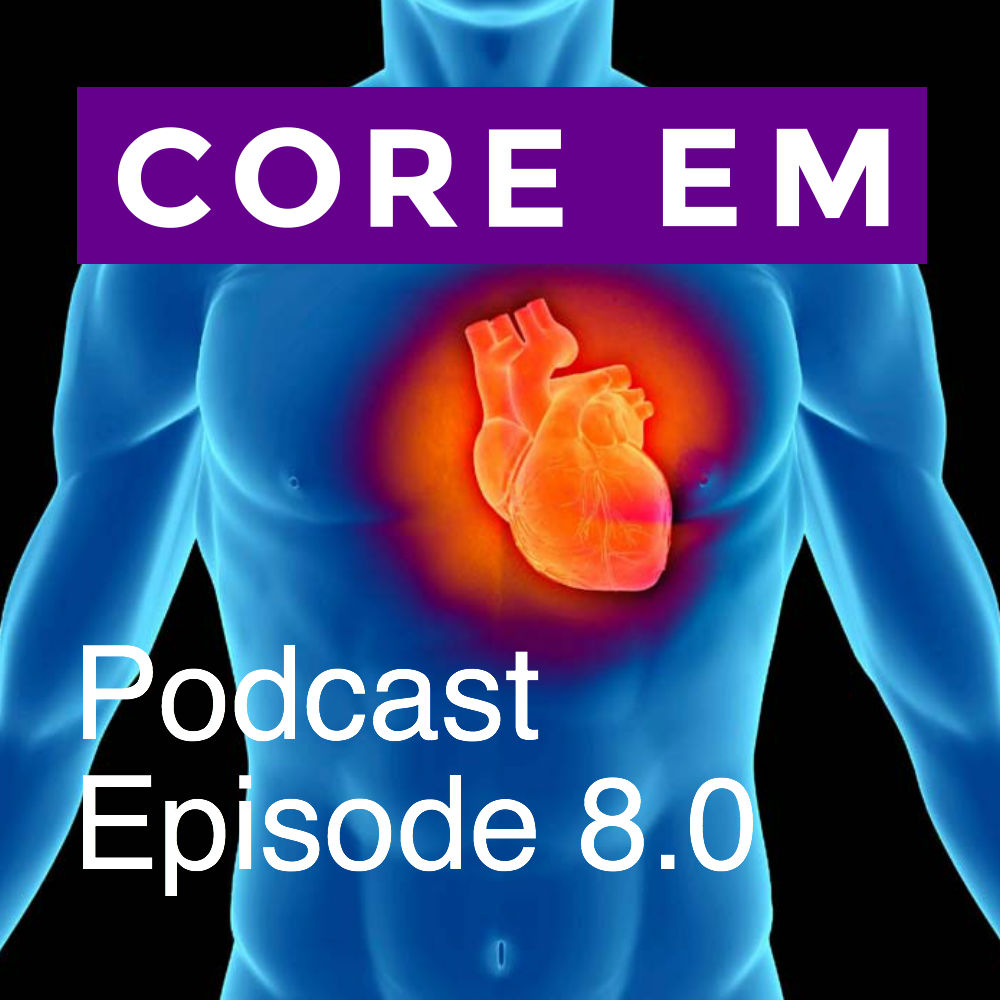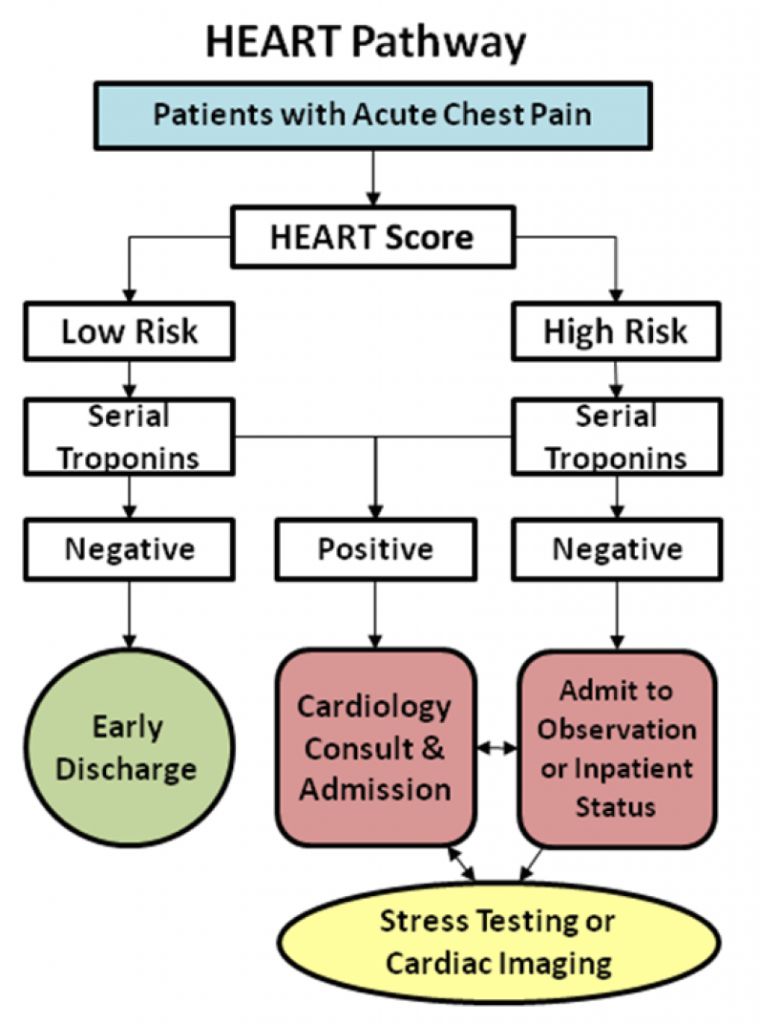Recapping pearls from our weekly conference. This week, we discussed pearls on chest pain.

 Core EM - Emergency Medicine Podcast
Core EM - Emergency Medicine Podcast Episode 8.0 – Chest Pain
Aug 10, 2015
Join a riveting discussion on the complexities of evaluating chest pain. Learn how to differentiate acute coronary syndrome from other potential issues. The conversation delves into the HEART Pathway for managing low-risk patients and emphasizes innovative management strategies. Additionally, there’s an intriguing look at recent studies on alternative treatments for acute sciatic pain. Perfect for anyone interested in emergency medicine!
AI Snips
Chapters
Transcript
Episode notes
Key History Signs for ACS
- Look for exertional chest pain, radiation (especially to right arm), vomiting, and diaphoresis as specific signs of ACS.
- Remember these signs have low sensitivity, so absence does not rule out ACS, especially in older adults and women who may present atypically.
Oxygen and Nitro Use in ACS
- Give supplemental oxygen only if saturation is below 93-95% to avoid harm.
- Use nitroglycerin cautiously, especially in hypotensive patients or those with inferior STEMI who may have RV infarction.
Nitro Mistakes and Recovery Anecdote
- Faculty recalled times when nitroglycerin was mistakenly given to hypotensive patients with inferior MI causing severe hypotension.
- They noted recovery usually occurs as the nitro effect wears off, but caution is preferable.


